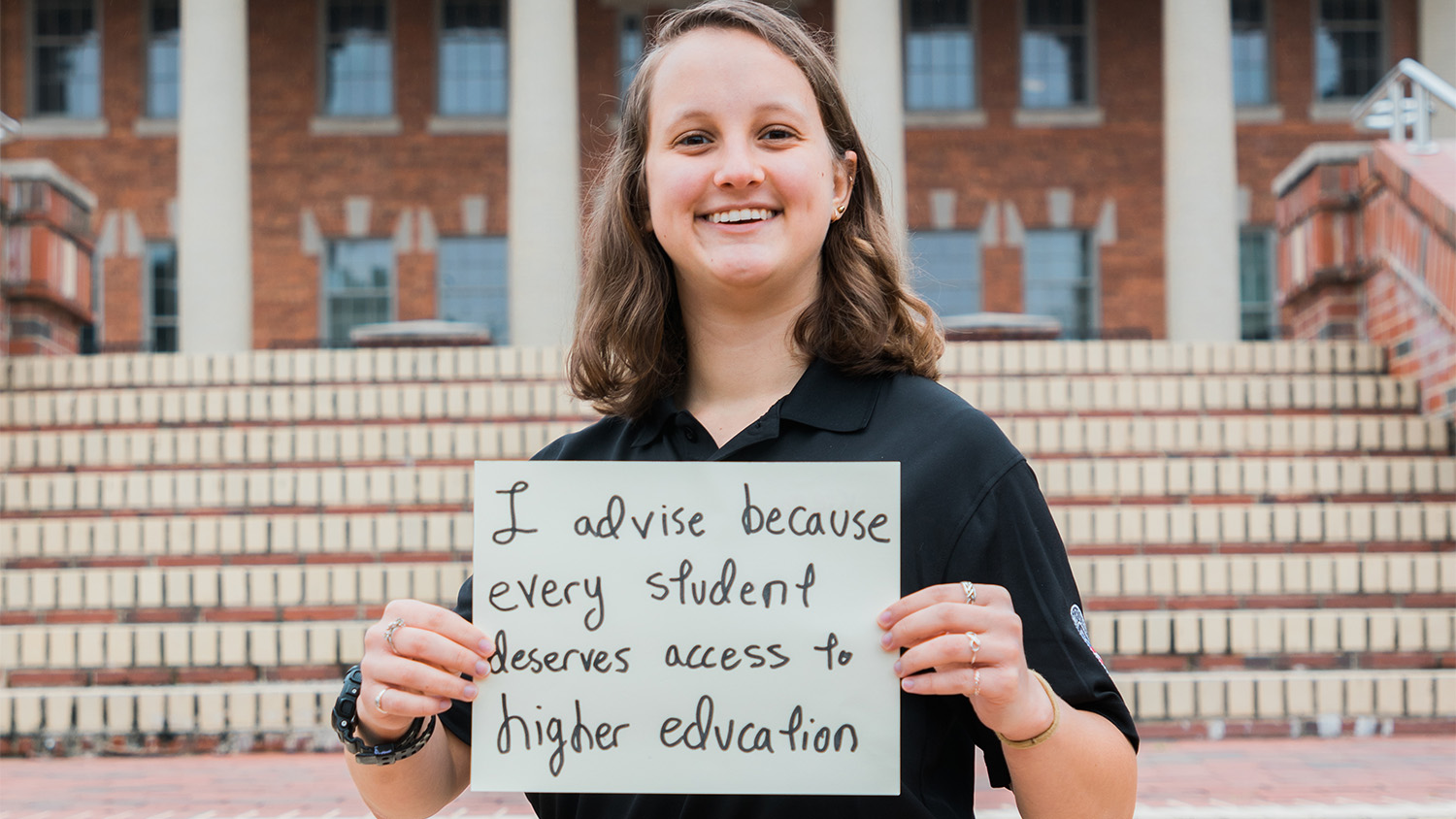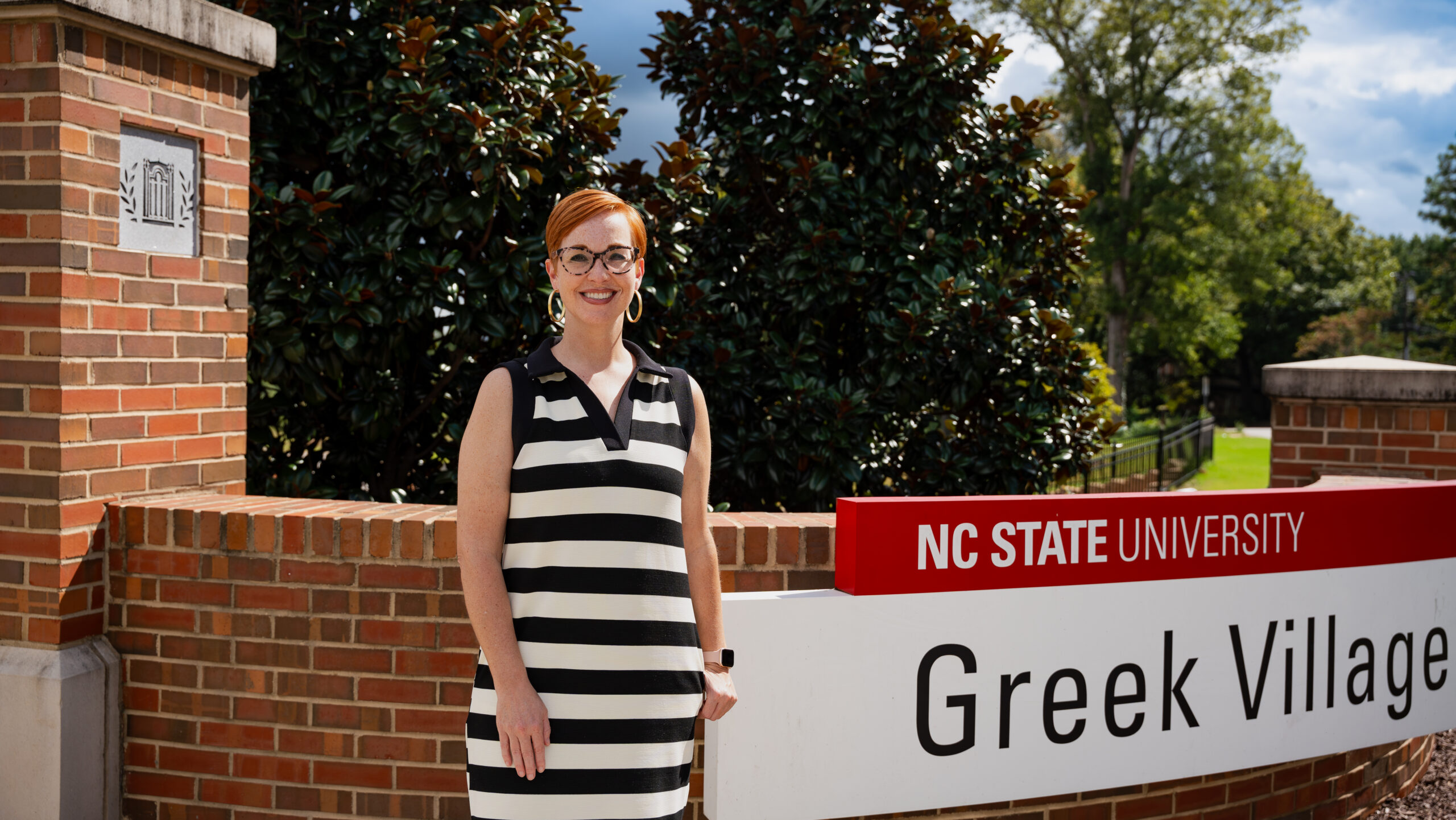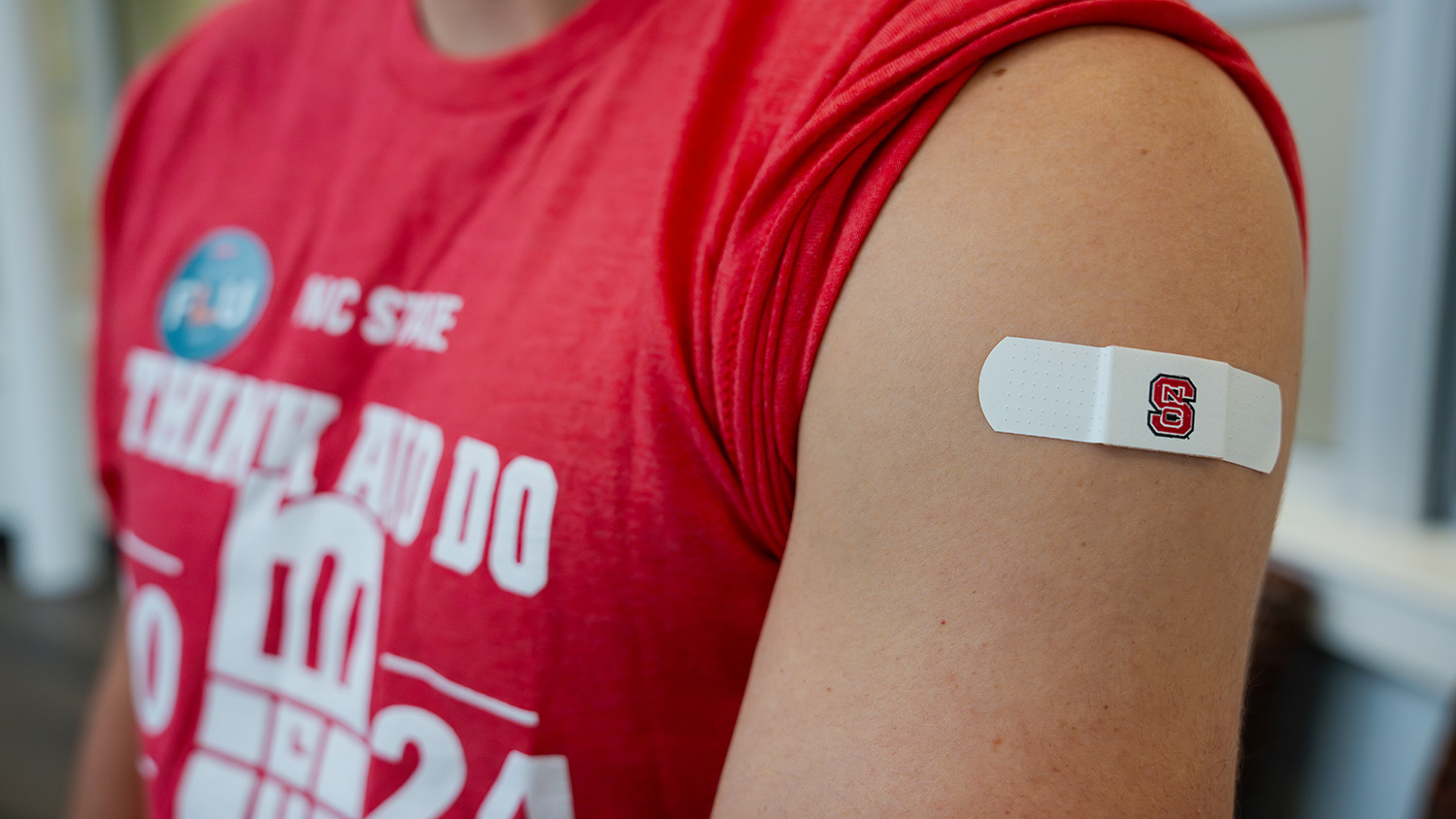My 2020 School Year in Review and Looking Forward
Kiera Lindner, college adviser for South Granville High, writes about her experiences during the COVID-19 pandemic and the outlook for her job this academic year.

By Kiera Lindner, college adviser for South Granville High
My first year as an adviser, the 2020-2021 school year, could probably be summed up as a very long, forced exercise in flexibility. I began work from the desk in my new North Carolina apartment, attempting to reach students I hadn’t seen in a school I had never been inside. After some time, I was able to come into the school building a few days a week, though students — and all my outreach and advising efforts — remained completely virtual. For every Zoom meeting a student set up with me, the student after them (and often the student after them) wouldn’t show. My carefully-crafted newsletters and emails to students or their families frequently got routed to Spam folders since I didn’t have a district email the entire first semester. So I started focusing on digital outreach using Instagram, and was able to get a lot of solid, consistent information on scholarships, deadlines, applications and forms to my students through that platform.
Even once I was in the building all five days of the week, and student cohorts were in the building two days out of five, in-person instructional time was so crucial that I wasn’t able to pull students out of class for meetings. I scheduled around them, even when that meant spending a Saturday morning helping a family wade through a complicated FAFSA over Zoom, a late weeknight doing a recorded virtual presentation to the small handful of parents or students who were able to sign on, or — on one particularly memorable occasion — several hours late one Friday night in emergency mode helping a student complete and submit his dream school’s college application, essay and short answer questions that were due the next day. (He got in.)
By the end of the 2021 spring semester, my district had bounced from virtual to hybrid to virtual again to hybrid to, at the tail end of the school year, fully in-person (except Wednesdays) for the few students who wanted to finish the year out inside the building. Every victory, for students, teachers and advisers alike, was hard-won. Many people talked about their innovative practice or successful strategy for supporting students in this or that, but in my experience, there was no single practice or strategy that worked. Because the pandemic affected my students on such drastically varying individual levels — from students who had to all but drop out of school to work 60 or 80 hours a week to support their families after their parents became unemployed or sick with COVID, to students who flourished in virtual classes like they never had in school before — there was nothing that truly helped except individualizing my approach for each student as much as possible with the information I had about them. This played out on micro levels of figuring out which student responded best to emails, which student preferred texting over Google Voice, which student only wanted video calls, and which student — shocking me and everyone else of our generation — exclusively talked on the phone. It also played out on macro levels of making sure that ways to contact me and crucial resources (such as FAFSA info session recordings, RDS manuals, and scholarship info) were distributed to students over as many formats as possible: email, newsletter, mass text, Instagram post, announcements or even embedded on my website.
All of this is to say that after a year of figuring everything out the hard way, both hybrid advising as a whole and the individualized work required to wholly support each of my students, I felt pretty confident that I can succeed as an adviser working mostly online and occasionally, a little bit in-person. In fact, my school’s FAFSA completion rates for the 2020-2021 school year were actually higher than they were in the non-pandemic year before, for example. All of which is to say that facing down the barrel of what is hopefully going to continue to be a fully in-person school year (please wear a mask and get vaccinated!), I have frankly been feeling a little lost. Suddenly, my job is the job I originally thought I would have pre- and early-pandemic, but not the job I’ve been doing for over a year now. I’ve never presented to an in-person classroom. I’ve never even presented to a class whose faces I could see (hi again, black Zoom screens!), let alone an auditorium full of students. I’ve never held an in-person parent night or physical admissions counselor info session. I am in a strange liminal space between a new adviser, who has only the theories they develop in training about what their work will look like, and a returning adviser, with a year’s worth of hard-won experience guiding me. Translating the skills I have into the skills I need, and continuing to keep my advising as individualized as possible, will be a new exercise in flexibility. And even as I transition into this in-person year, I also have to look towards transitioning out of the Corps altogether and moving forward on my post-Corps plans. But in that respect, I feel uniquely prepared to be in this strange, transitional in-person year alongside my seniors: many of them have not been to in-person school for almost two years, and they are also wading through the complexities of moving into their different futures. It is much easier to be a little bit lost with other people than to be a little bit lost by yourself, and I am beyond excited to find my way in this uncertain new year together with my students.
- Categories:


